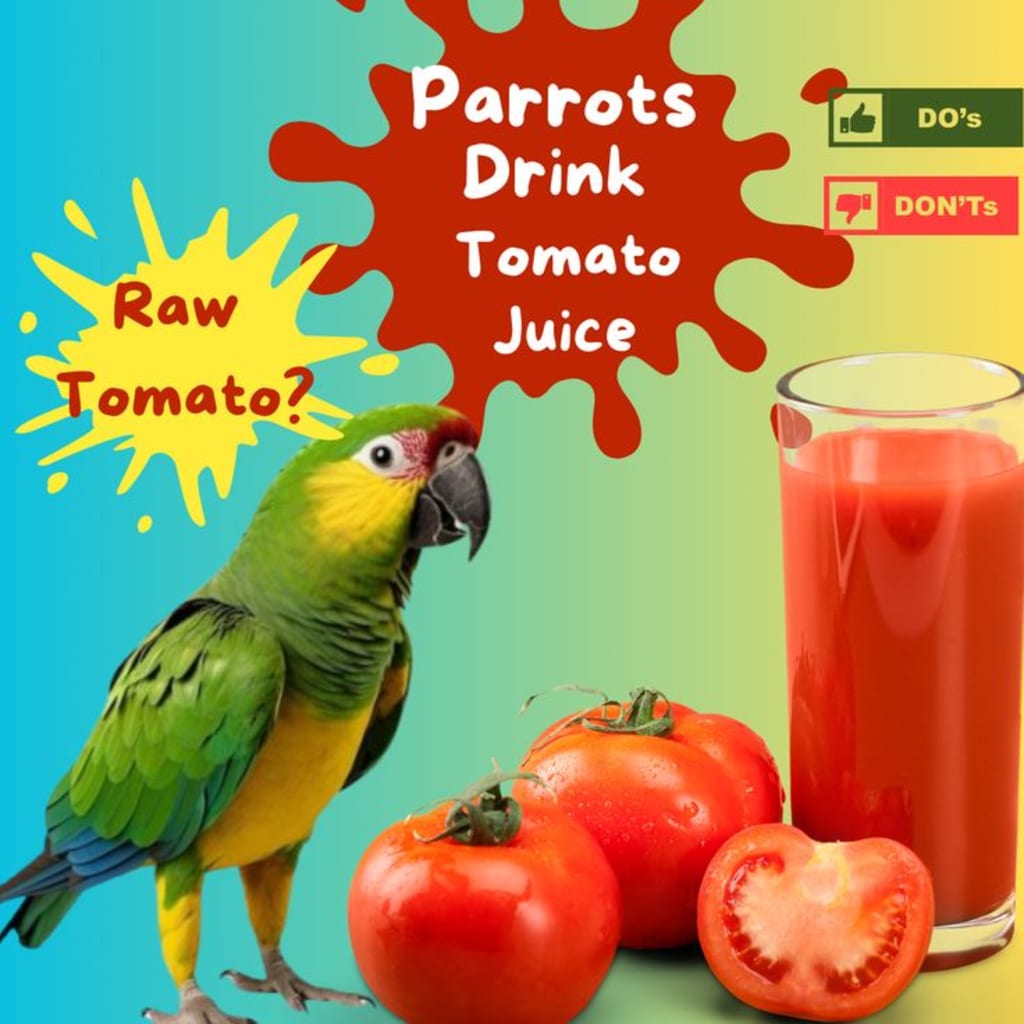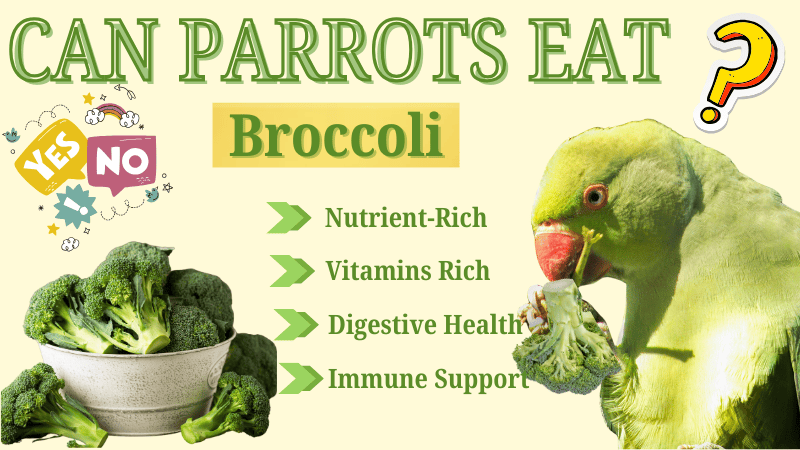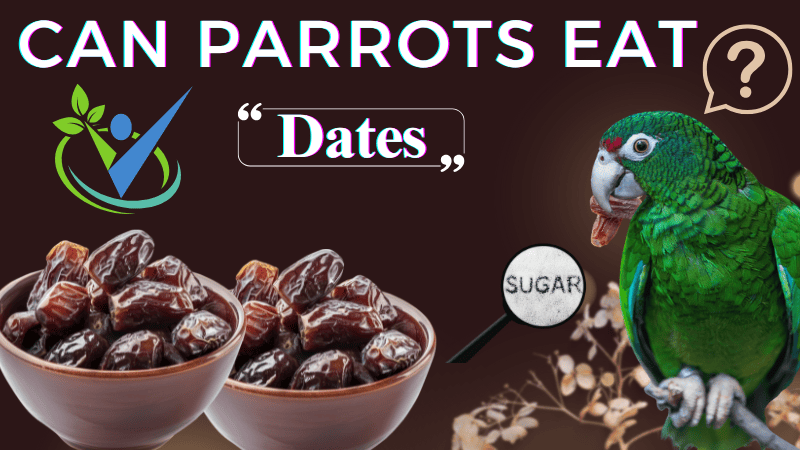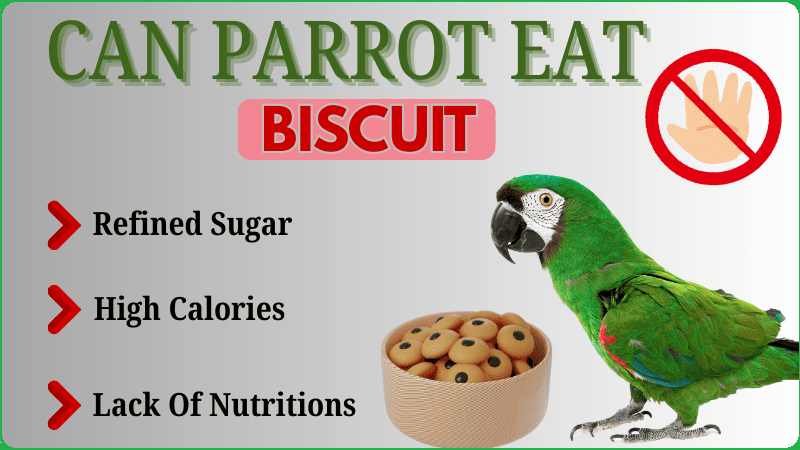How Parrotlets Communicate? A Guide to Their Unique Sounds
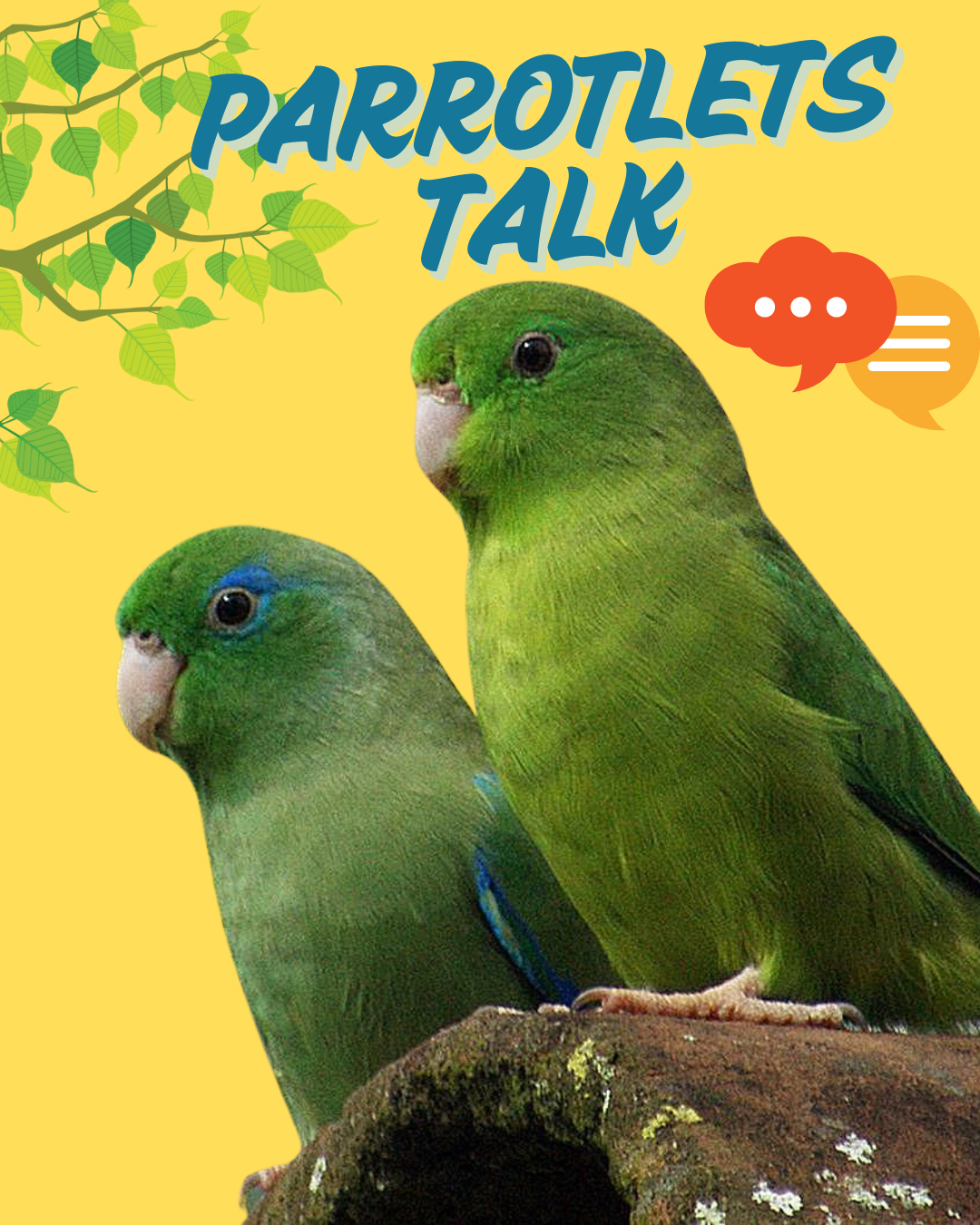
Strong 8k brings an ultra-HD IPTV experience to your living room and your pocket.
How Parrotlets Communicate? A Guide to Their Unique Sounds focuses on the various ways these small, vibrant birds express themselves. While they aren’t known for speaking like larger parrots, parrotlets communicate through a variety of vocalizations, including soft chirps, whistles, and trills. These high-pitched sounds are often used to express emotions, such as excitement or contentment. Parrotlets also rely on body language, such as puffing up or flapping their wings, to convey their feelings. While their calls aren’t always clear, their unique sounds are an essential part of their social interaction and personality!
What Are Parrotlets?
Parrotlets are small, colorful parrots, native to Central and South America. They belong to the family Psittacidae and are known for their intelligence, affectionate nature, and charming antics. There are several species of parrotlets, with the most popular ones being the Pacific Parrotlet and the Green-Rumped Parrotlet. Despite their petite size, they have big personalities. These birds are generally around 4.5 to 5 inches in length, making them one of the smallest parrots in the world. They are usually green but can have variations in colors like blue, yellow, and even white, depending on their breed.
Can Parrotlets Talk?
While parrotlets are not as renowned for their talking abilities as some of the larger parrot species, they can learn to mimic sounds and words. However, it’s essential to understand that they are not as prolific at talking as species like African Greys, Amazon parrots, or even budgies. Their ability to mimic speech can vary greatly from bird to bird.
Some parrotlet owners report that their birds can say a few words or phrases, while others may only mimic sounds or whistles. Typically, parrotlets have a high-pitched voice when they do mimic sounds, which makes them somewhat less clear than the deeper tones of larger parrots. It’s also important to note that, unlike some other parrots, parrotlets may not be as eager to vocalize or "talk" on command.
Why Don’t Parrotlets Talk as Much?
The reason parrotlets don’t talk as much as their larger cousins can be attributed to several factors:
Size of Their Voice Box: Parrotlets have much smaller syrinxes (the organ that produces sound), which limits the range and clarity of the sounds they can produce.
Less Motivation to Talk: Parrotlets are more independent compared to larger parrots, and they often don’t feel the same need to communicate with humans through speech. While parrots like African Greys may "speak" to bond with their human companions, parrotlets often communicate through body language, whistles, or chirps instead.
Less Mimicry Focus: Larger parrots are known for their love of mimicking sounds from their environment, which includes human speech. Parrotlets are often more focused on social interactions, playing, and exploring their surroundings, rather than mimicking sounds.
Training Parrotlets to Talk
If you’re keen on teaching your parrotlet to talk, patience is key. While it may not come as easily as it does for larger parrots, parrotlets can learn a few words or sounds with consistent training. Here are a few tips for helping your parrotlet learn to mimic:
Start Early: The earlier you begin training, the better. Baby parrotlets are more likely to start picking up sounds when they are exposed to them at a young age.
Repetition: Like any bird, parrotlets learn through repetition. Say the same word or phrase repeatedly in a calm, clear voice so they can begin to associate it with meaning.
Positive Reinforcement: Parrotlets respond well to positive reinforcement. When they make a sound that resembles the word or sound you’ve been teaching, reward them with a treat or praise.
Short, Simple Words: Focus on simple words like their name, "hello," or even sounds like a doorbell or phone ringing. The simpler the sound, the more likely they are to mimic it.
Consistency and Patience: Don’t expect your parrotlet to start speaking overnight. Be patient and persistent, and keep the training sessions short and positive.
Vocalizations of Parrotlets
Even though parrotlets may not be great talkers, they are still quite vocal in their own way. Their vocalizations can include:
Chirps: Light, high-pitched chirps are often heard when a parrotlet is happy or content. This is their primary form of communication with their human family and other pets.
Whistles: Parrotlets are great at imitating whistles, whether they’re whistling a tune or mimicking a sound they've heard.
Squawks: When excited or startled, parrotlets may make louder, more abrupt squawking sounds.
Trills and Clicks: These are softer, melodic sounds often used by parrotlets in their interactions with other birds or when they’re feeling playful.
Are Parrotlets Good Pets for Families?
While parrotlets may not be as chatty as other parrots, they make wonderful pets for people who want a small, affectionate bird. They form strong bonds with their owners and can be very loving, often sitting on their owner's shoulder or lap, much like a larger parrot. However, they are also independent, so they may not require as much attention or interaction as a more dependent bird species.
Parrotlets are highly energetic and need plenty of stimulation, including toys, climbing spaces, and time out of their cage to fly or interact with their owners. While they are small, they are still birds with sharp beaks and strong personalities. Thus, they do require proper care and attention to ensure they remain happy and healthy.
Final Thoughts
In conclusion, parrotlets can talk, but they’re not known for being great speakers. While they are capable of mimicking sounds and a few words, their small voice boxes and independent nature mean they’re more likely to communicate through chirps, whistles, and body language. Regardless of their talking abilities, parrotlets make excellent, entertaining companions with their playful personalities and affectionate nature. If you're looking for a bird that can talk like a larger parrot, you may need to look elsewhere, but if you're okay with a smaller, quieter companion, a parrotlet might just be the perfect pet for you!
Note: IndiBlogHub features both user-submitted and editorial content. We do not verify third-party contributions. Read our Disclaimer and Privacy Policyfor details.




